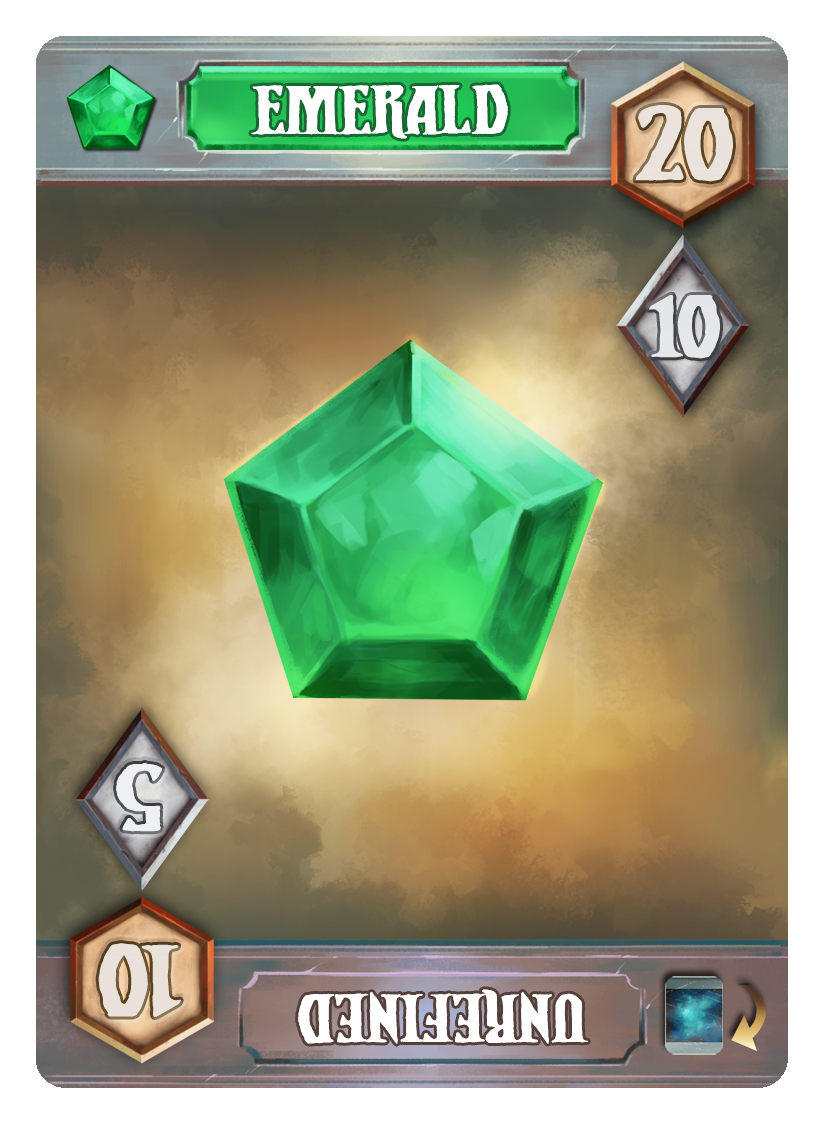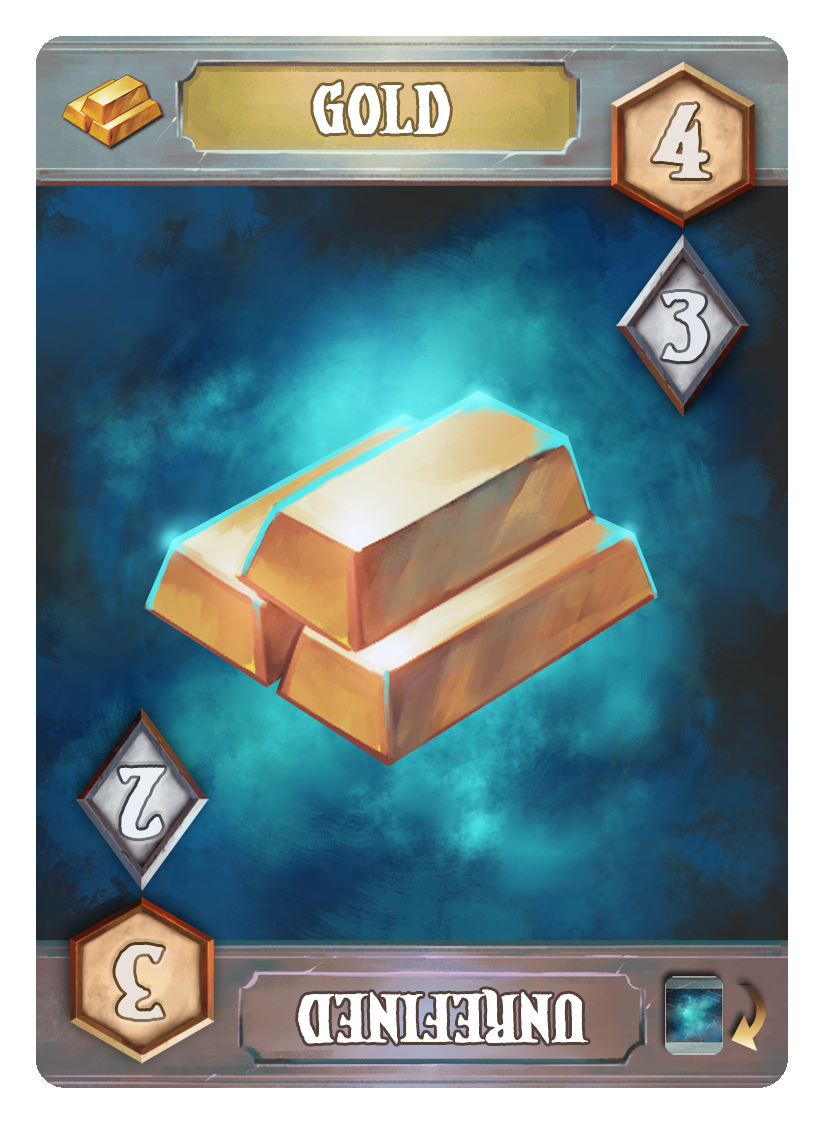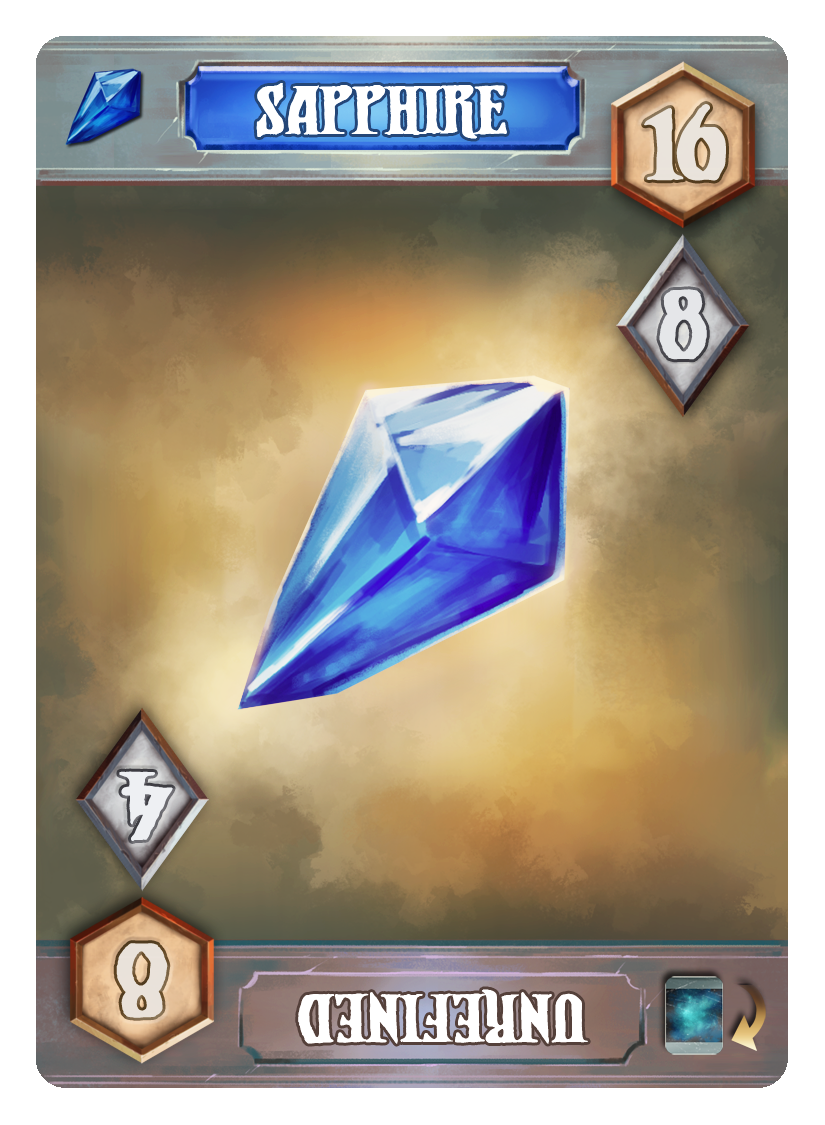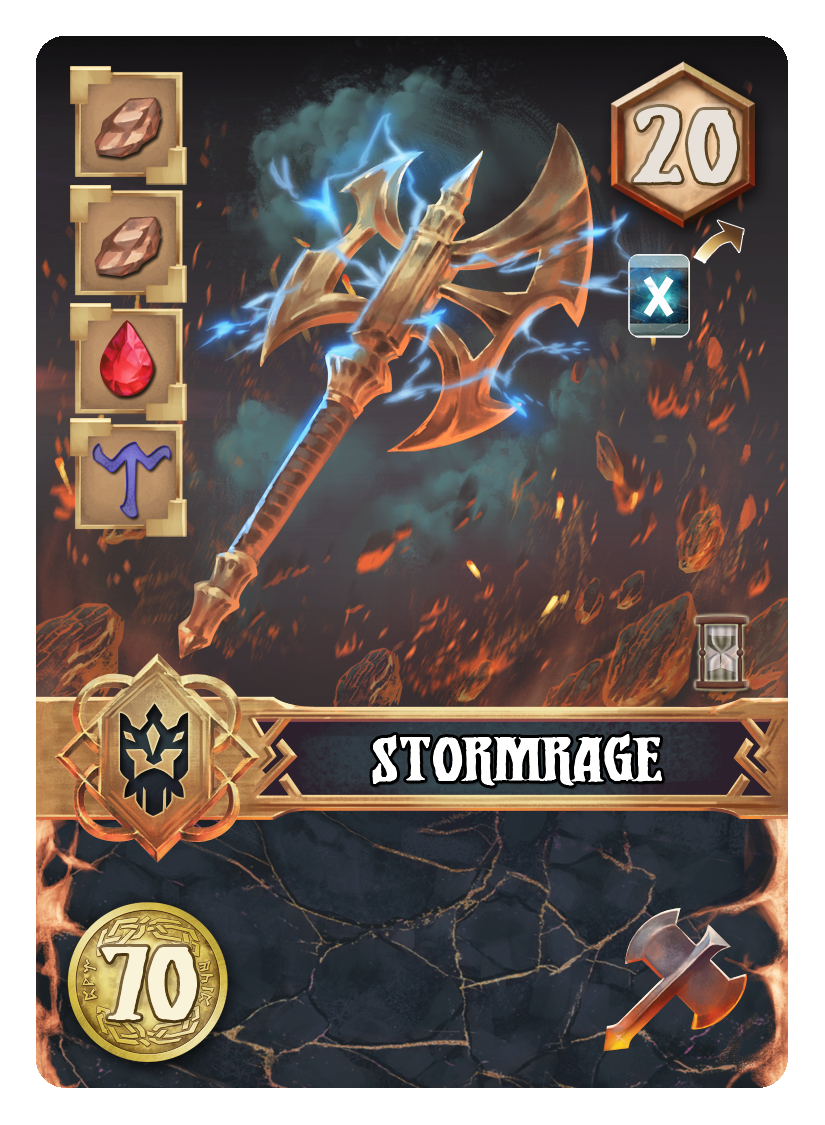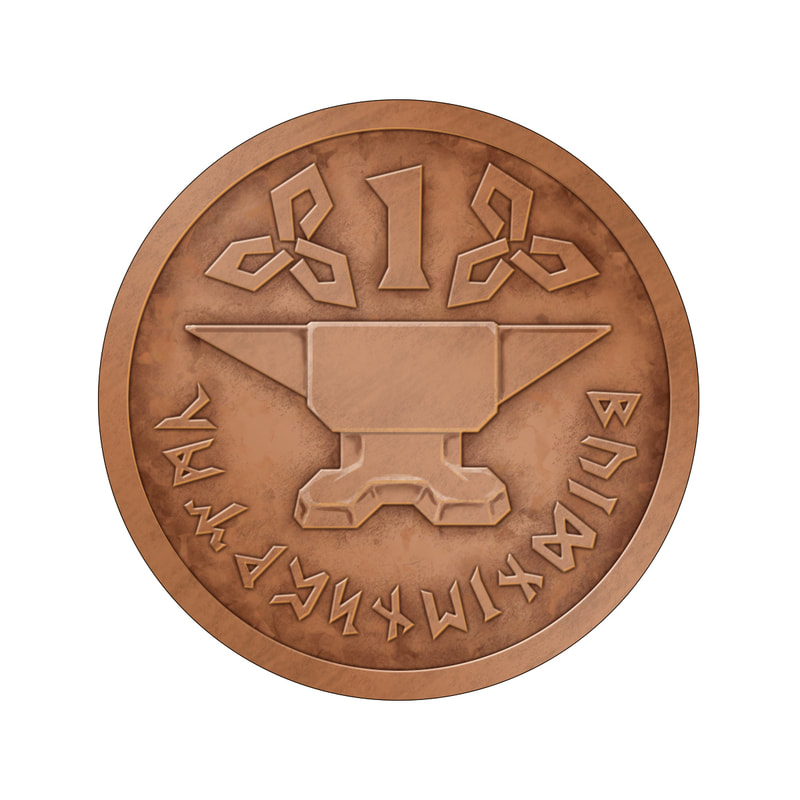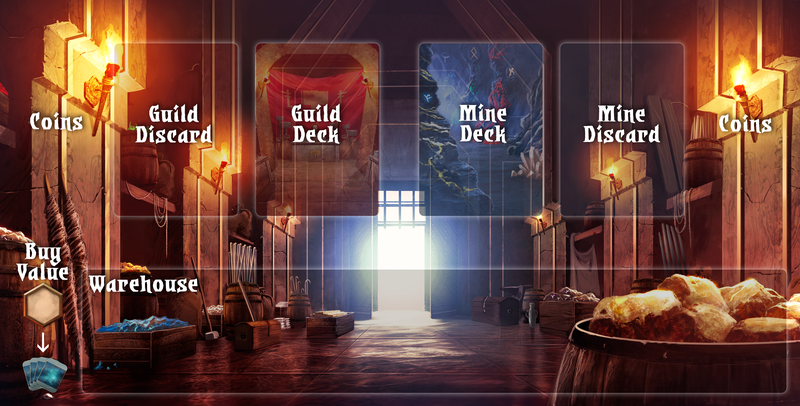As part of our July Spotlight on Dwarven Smithy, we strive to inform readers of little extra tidbits surrounding the game. Games are made by people, and one of those tidbits we enjoy is learning a little bit more about the people behind them. Some designers shy away from the public stage, while others enjoy being front and center.
For Mike Warth, lead designer of Dwarven Smithy, that interest in the spotlight resides in the latter camp. As with many who finally get to see their first major design come to life, Mike was more than willing to share with us his thoughts on the creation of the game, the excitement of seeing his project come to life, and the elation at it finally becoming a finished product to share with the world. The entire process from start to finish proved to be a wonderful journey, from how the game was amusingly conceived to the various challenges that needed to be overcome to make the game a reality, and Mike is, understandably, quite happy with the result.
Of course, interest in sharing his thoughts and his game publicly is one thing. Being able to get said information to share with you proved slightly more challenging. See, as our intern Claudius found out, upon the success of Dwarven Smithy’s creation, Mike decided to create his own dwarven-inspired kingdom deep under Kentucky’s Cumberland Plateau. So it took a little time to track him down, let alone set up an interview. Poor Cladius was lost in the Appalachians for four days before finding the right path…
Eventually we were able to locate Mike and the Flatworks team in his underground apartments though (which, for the record was much more modern and well-furnished than we expected). What follows is an excerpt from that conversation, where were gleaned information about this lightweight yet tactical game that cares as much about mining for materials as it does about what you can make with them. With multiple avenues to manage while still being on the casual side of the spectrum, we were educated on how Dwarven Smithy managed to find that level of balance and what makes it so special to play.
We also got some first-hand lessons on just how excruciating smelting metals is, but that’s another story for another day.
Enjoy!
Round One Questions
CR: What was your Gateway Game?
I usually teach Ticket to Ride to my non-gamer friends. As for me personally, I’ve been a gamer all my life. When I was young, I played Stratego and Chess with my dad. My family usually played card games or board games like Sorry or The Game of Life. I started playing Dungeon and Dragons at 14 years old. At 16, my friend and I flipped over two ping-pong tables, and then drew up land and sea areas with markers. We used rulers and various parts from other games to make up rules for a war game. This was in the early 1980s and we knew nothing about wargaming – it was just something fun to do.
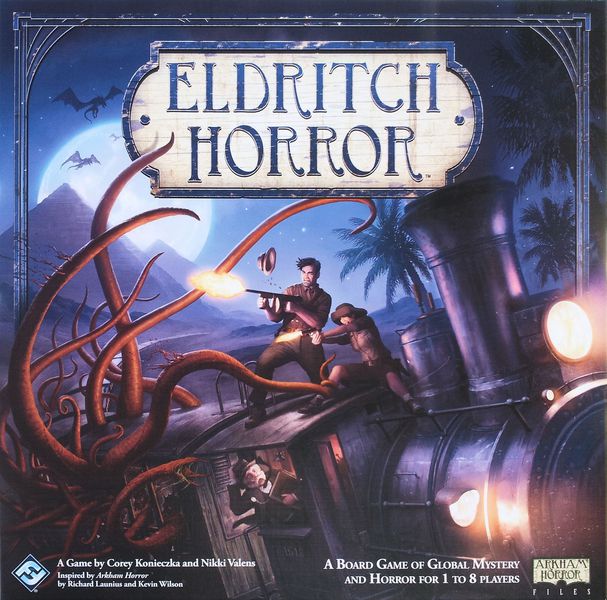
CR: What was the last game you really enjoyed playing (besides Dwarven Smithy)?
I really enjoy playing Eldritch Horror. There’s something about the richness of the story, the impending doom, and depth of play that makes Eldritch Horror such a fun game to play!
CR: How big is your game collection?
I have 47 games in my collection and waiting patiently for 7 more Kickstarter games to arrive.
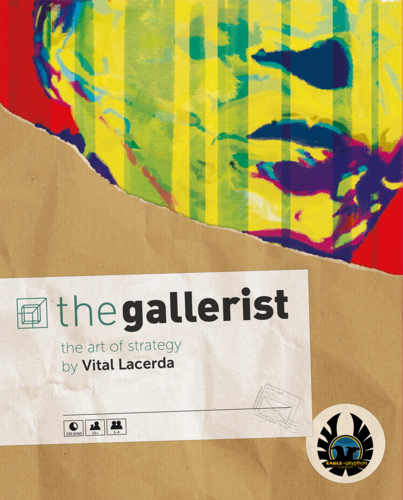
CR: What is your favorite type of game to play?
I tend to enjoy heavy games with lots of detail. I just picked up The Gallerist by Vital Lacerda and hope to get it to the table very soon.
CR: How do you feel about Monopoly?
Monopoly has been around since the mid-1930s, and I know a few people that still play and enjoy the game. But then again they don’t talk to each other for a few days after playing. My family played other games when I was young, so I don’t have a lot of experience with Monopoly. I wouldn’t choose to play Monopoly today because there are so many other games that have better game mechanics, more interesting themes, faster gameplay and overall more fun.
On Dwarven Smithy
CR: Dwarven Smithy incorporates a variety of mechanics, including hand and tableau management, basic economics, time management, and resource scarcity. At one point did you feel that you had struck the desired balance between all those different moving pieces?
All of these different mechanics were put into the design and prototype process from the very beginning. I wanted a unique game where a player managed their hand and the cards on the table differently than a deck builder. I wanted to make sure players felt invested in the game and felt they earned their gold. To generate this feeling, I had to restrain and restrict the area in which players could work.
To balance that out, players needed unlimited actions to work within those constraints. Players have a lot of control in the game, even when they don’t feel they do. After playing the first prototype, my fellow game designers Charlie Sinning and Craig Blythe all agreed this game was something to pursue. 80% of the original game prototype is in the game today and it took us another 18 months to get remaining 20% of the game worked out and balanced.
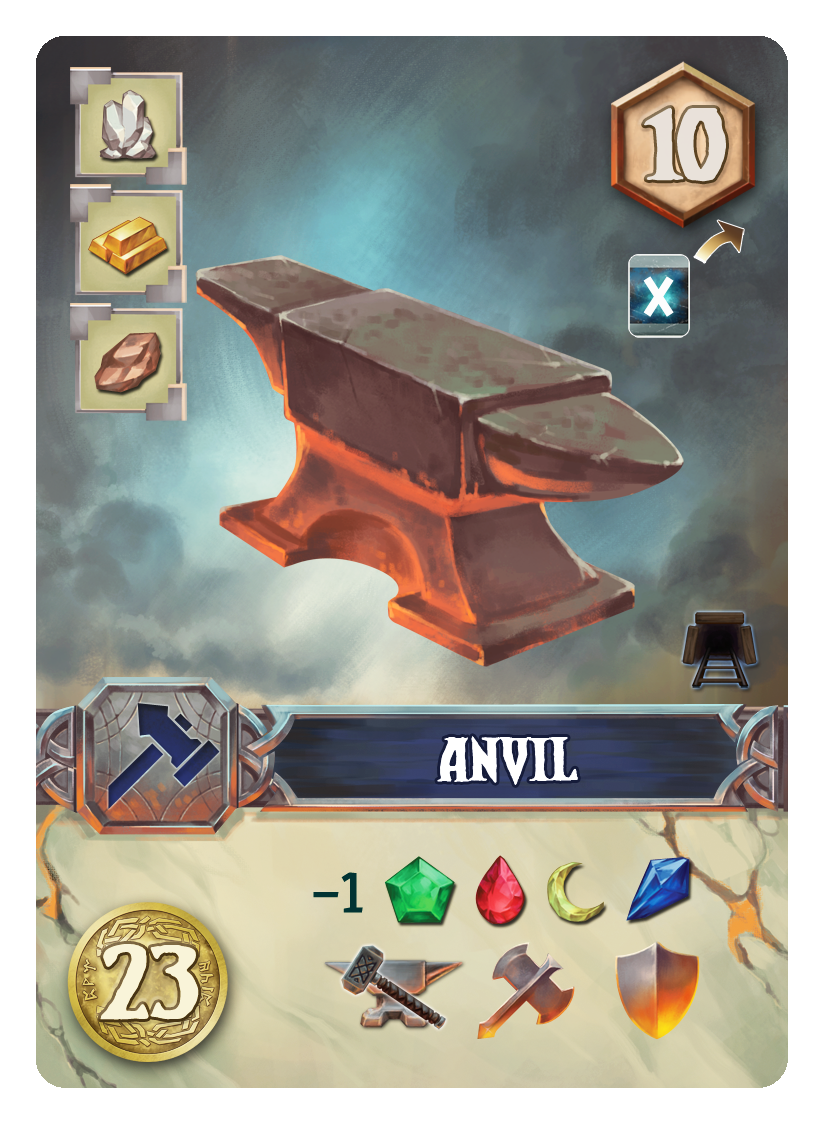 CR: Many games include thematic elements of dwarves mining or crafting quality items. Your game does both. How important was having both aspects in your design?
CR: Many games include thematic elements of dwarves mining or crafting quality items. Your game does both. How important was having both aspects in your design?
First, I have to tell you where I got the idea for Dwarven Smithy. I was driving to work and almost got hit by a dump truck turning around a corner. I remember seeing the name “Smitty’s” on the side of the door. In the remaining five minutes it took me to get to work, Smitty’s became Smithy and then became Dwarven Smithy. I love board and video games with crafting mechanics so the theme came naturally to me. Mining and crafting are so intermixed that it seemed to be the perfect match for the game.
CR: One of the more novel parts of Dwarven Smithy is how it factors in needing time for the refinement of metals and assembly of items. How did that part of the design originate?
A key concept in life, as well as in Dwarven Smithy, is “Time is Money”. It’s a concept people can relate to, and I made sure it was incorporated into the game’s economics and mechanics from the start. Dwarven Smithy is a blacksmithing game and, keeping with the overall theme of the game, it takes time to refine your resources and to forge and craft items.
More importantly, time helps mitigate the luck of the draw while also working against players and pushing the game to the end. We did try a few times without the refinement of metal and gems, and while the game was faster, it wasn’t as much fun and felt empty.
CR: Dwarven-themed games are a popular subgenre, especially when it comes to the core premises of mining and / or crafting. Which part of Dwarven Smithy helps best set it apart from similar themed games?
I haven’t played other similarly themed dwarven games so it’s a hard question to answer. If anything, the combination of hand, tableau, and time management parts of the game set it apart from any other game with its unique gameplay.
CR: The initial Kickstarter for Dwarven Smithy didn’t pan out, but it succeeded handily upon relaunch just a few months later. What do you feel was the greatest motivating factor that forged a winning campaign the second time around?
The four things that made us successful in the second Kickstarter campaign: Lowering the funding goal, getting the word out, setting the right price, and offering metal coins.
After the first Kickstarter failed, we looked at all the numbers and decided to put more of our money into the game to lower the goal. We went to Origins and Gen Con and ran a lot more events. This helped build a larger audience and made sure we could fund the first day of the Kickstarter. We lowered the price just a little and then offered metal coins. About half of our backers ordered our Deluxe Edition with 100 metal coins.
CR: The mining side of the game is largely represented by luck of the draw, reflecting the randomness and difficulty finding rare materials. Had this approach changed at all during the game’s development?
Drawing cards from a single Mine deck was a core part of the game from conception. Dwarven Smithy is a card game and drawing from two decks is something most people understand because so many other lighter cards games have the same mechanic. While there is luck with the draw, the game isn’t over after a few turns. Lots of games allow you to devise a strategy before you even start the game, but with Dwarven Smithy, you play the cards you are dealt and develop a strategy after you start getting cards. Players learn how to manage their hand, workshop and market spaces, and how to read the table. So much information about the game is available to players that pay attention during the game.
CR: As the primary designer of Dwarven Smithy, you’ve seen it evolve over the course of its entire lifespan. Aside from it becoming a finished product, what is the most memorable part of the game’s development to you?
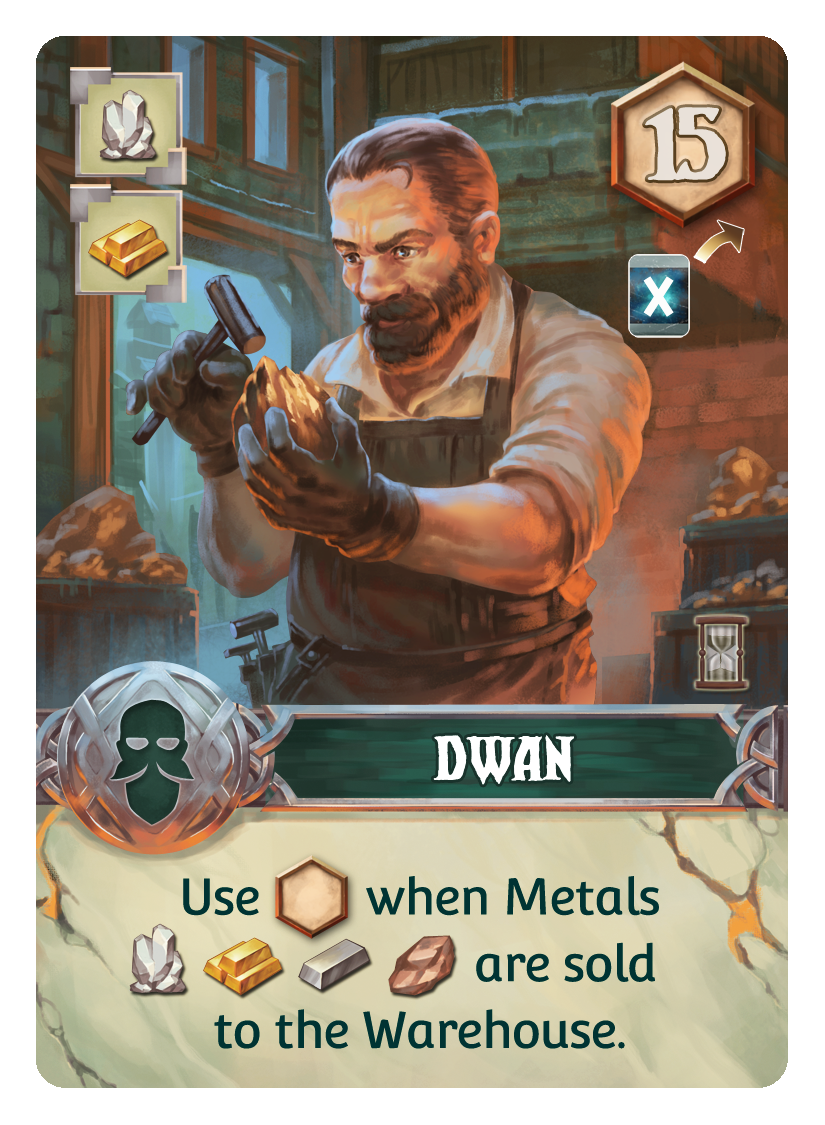 The game’s warehouse was a complete surprise and was not in the original concept. A few months into our playtesting, Charlie suggested we add the warehouse to give players more options for resources and to be an alternative to purchasing cards from other player’s markets. Craig also like the idea. I was against it because I thought it would draw players away from purchasing from other players. So we played one game with the warehouse and it was immediately clear the warehouse was a great addition.
The game’s warehouse was a complete surprise and was not in the original concept. A few months into our playtesting, Charlie suggested we add the warehouse to give players more options for resources and to be an alternative to purchasing cards from other player’s markets. Craig also like the idea. I was against it because I thought it would draw players away from purchasing from other players. So we played one game with the warehouse and it was immediately clear the warehouse was a great addition.
That’s how it happens in game development: you have your core idea, then add and subtract from the game until you get the maximum amount of fun out of it. I was 100% wrong about the warehouse and it was a learning / growing moment for me as a game designer.
CR: Finally, let’s say you had the means for your game’s dwarven craftsmen to make anything for you. What would you have them create? (Also, do they take commissions? Asking for a friend…)
My first Dungeon and Dragon’s character was a paladin named Americk. I’d have one of the dwarven blacksmiths make me a Greatsword, +5 Vorpal with some 5d6 lightning bolts to it.
Outwardly speaking, Dwarven Smithy may not seem like a clever and innovative game of hand and teableau management, but in many ways, that’s only fitting. Because while dwarves aren’t exactly known for their flashy exterior, they nonetheless are capable of demonstrating their knack for crafting well-constructed items worthy of renown. The same is true with this game. In this race for gold and glory, players must compete to demonstrate their acumen with the hammer, their luck with the pickaxe, and their ability to keep their workshop humming at an efficient pace.
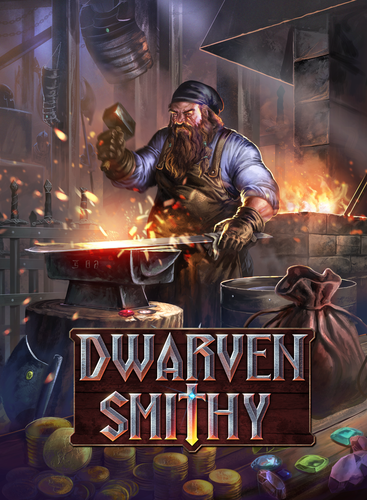
To that end, we came upon the idea of sending one lucky winner to an apprenticeship in one of the great dwarven forges of our time. Unfortunately, we weren’t able to pull that off despite our best efforts (something something lawyers, trade secrets, beards not long enough, etc.). So we’re offering up the next best thing: a facsimile experience at what it would take to run your own shop. So let’s get those forges stoked!
Photo Credits: Dwarven Smithy cover and photos by Flatworks Gaming.

